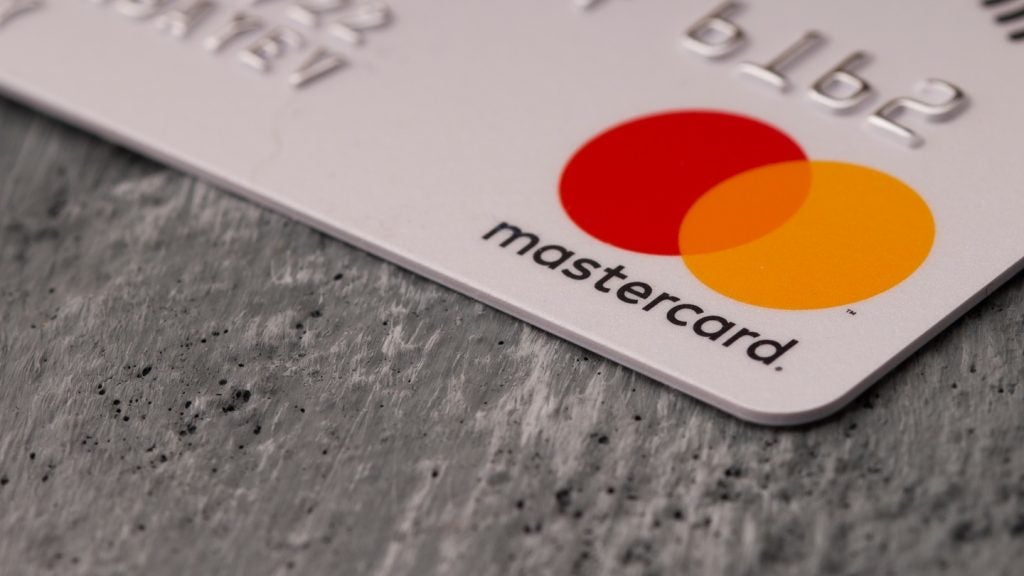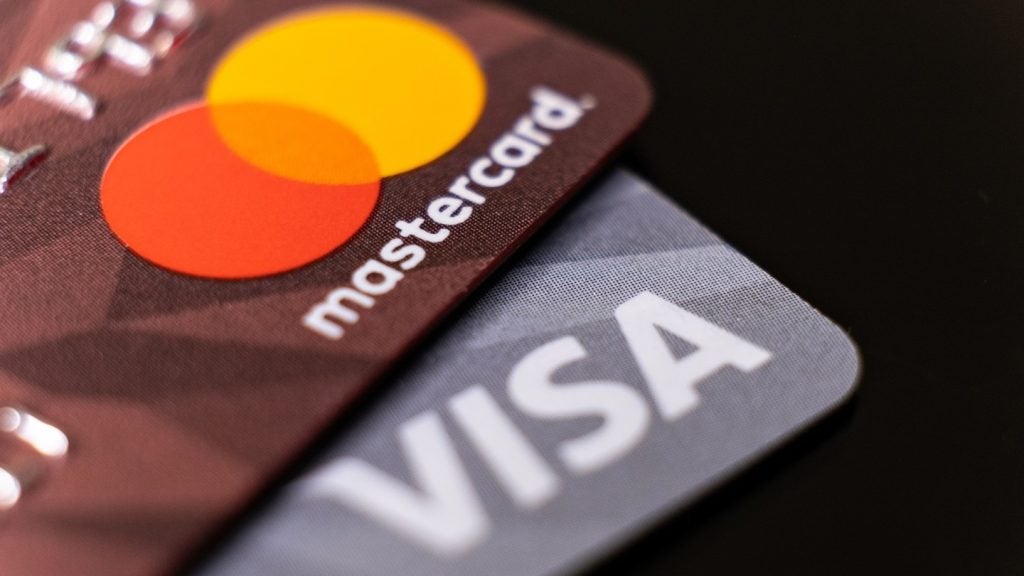M-payments are growing in popularity, the large proportion of migrant workers are fuelling the remittances market and the population has grown steadily since 2010. Australia’s cards and payments market is not only highly developed but expected to expand healthily as appetite for all payment types increases
Australia’s payment cards market is one of the world’s most developed. In 2014, the Australian payment cards market accounted for 5.1% of the transaction value, and 11.2% of the transaction volume in Asia-Pacific. The average number of monthly card transactions, and the average annual spend per card are higher in Australia than in other mature markets such as the US, the UK, Canada and Germany.

Access deeper industry intelligence
Experience unmatched clarity with a single platform that combines unique data, AI, and human expertise.
The population of Australia has grown steadily, from 22 million people in 2010 to 23.4 million in 2014 and is expected to reach 24.9 million by 2019. The economically active population aged 15-64 years old (totalling in 15.7 million) account for 66.9% of the total population in 2014. The segment is expected to shape consumer demand for payment cards in the near future.
According to the International Organisation for Migration (IOM), immigrants accounted for 27.7% of Australia’s population in 2013. Migrant workers often use banking products for financial transactions and remittance of funds to their home countries.
Electronic payments have steadily gained in popularity in Australia, aided by contactless technology’s rising prominence in the country. Banks such as CBA, National Australia Bank (NAB) and Westpac offer payments based on contactless technology.
Key elements in the rapid uptake of contactless payments were initiatives taken by multinational providers Visa and MasterCard to gain market share in Australia. The domestic debit scheme provider, Eftpos, supported by central bank the Reserve Bank of Australia (RBA), raised $41.3m (AUD40m) via the $0.01 scheme fee introduced for all transactions in 2011. The funds were utilized to move to Europay, MasterCard, Visa (EMV) standards and implement contactless technology.

US Tariffs are shifting - will you react or anticipate?
Don’t let policy changes catch you off guard. Stay proactive with real-time data and expert analysis.
By GlobalDataConsumers increasingly use faster and more secure payment options, resulting in mobile operators, traditional and online retailers, and other service providers introducing digital payment options. These include online and mobile payments, and are conducted through alternative instruments such as Bpay, Paymate, MasterPass, Visa Checkout and POLi.

Preferred payments
In Australia, credit transfers are primarily used for high-value transactions. In 2014, credit transfers remained the most popular payment instrument, account for 51.5% of the transaction value.
However, in 2014, cash remained the preferred mode of payment, account for two-thirds of the overall transaction volume. On the other hand, with electronic payments growing in prominence, the share of cash transactions has been gradually falling since 2010.
There has been a similar effect on cheques as medium-sized and large business turn towards card payments. In terms of both volume and value, cheques have dropped in the last five years.
Direct debits are often used by companies to collect regular payments or by financial institutions to collect loan repayments. In terms of transaction volume, the share of direct debits has decreased since 2010, but increased in terms of transaction value.
Card payments have grown in the last five years, in both transaction value and volume. This is thanks to both contactless payments and the growing e-commerce market.
Following the conclusions of the RBA’s Strategic Review of Innovation in 2012, the cards and payments industry built a new real-time retail payment system, the NPP, for making low-value payments which is expected to launch in late 2017.

Debit cards continue to dominate the payment cards market
Payment card product preferences changed during the review period, with a gradual shift in favour of debit cards.
Debit card transaction values increased from $274.9bn in 2010 to $315.3bn in 2014 at a review-period CAGR of 4.90%.
Credit card transaction values recorded a CAGR of 4.00%, increasing from $179.6bn to $196.9bn during the same period.
The shift away from credit card use can be explained by factors such as increased consumer avoidance of debt, and RBA initiatives to regulate interchange fees.
The RBA’s intervention to cap the debit interchange fee, remove surcharges on card transactions, and the ‘honour all cards’ rule to allow merchants to accept cards, succeeded in changing the relative prices of using debit cards.
This resulted in increased spending on debit cards during the review period, a trend that is expected to continue over the forecast period.
Regulatory reforms changed the dynamics of Australia’s credit cards market
The central bank has introduced several reforms to the credit cards market since 2003. Among other measures, interchange fees were reduced. To compensate for revenue loss, banks increased annual fees on credit cards, and made reward points and other benefits offered on credit card spending less generous.
Card schemes provided banks with incentives to promote cards with higher costs, but within the RBA’s rules. Card issuers responded positively, formulating new strategies by turning their attention to high-income consumers. Some new pricing strategies focused on upgrading gold cards to platinum cards, and offering more generous value-added services or rewards at no additional cost.
Furthermore, banks started offering companion cards to their customers. A companion card is linked to two different credit card networks that allow customers to earn the benefits of whichever one they choose to use at the purchase point.
As a result, credit card products with companion cards attached have increasingly replaced traditional single-card rewards programs in the product lines of all major banks. For instance, CAB, NAB, ANZ Bank and Westpac offer at least one companion card account as part of their premium card accounts.
Mobile payments (m-payments) gaining traction in Australia
M-payments are growing in prominence among Australian consumers, offering an opportunity for both banks and non-banking companies to increase their shares in the mature Australian payment cards market.
The large-scale adoption of contactless technology is also anticipated to support the growth of mobile contactless payments. In March 2015, CBA launched mobile contactless payments for Android phone users, having already made them available for iPhone users.
Customers need to purchase PayTag stickers for $2.7 (AUD2.99), enabling them to make contactless m-payments of up to $90.3 (AUD100).
In 2014, Westpac rolled out m-payments in partnership with Visa. The service uses an NFC chip embedded in Android smartphones and supports Samsung Galaxy S5, S4 and Note 3. Users can store all their Westpac debit and credit cards – Visa, MasterCard and American Express – in the Westpac banking app.
In September 2013, the NAB launched an m-payment service that enables users to send, receive and request payments via NFC, QR codes, a mobile phone number, an email address or Facebook account.
Customers can use the service by downloading an app and completing a registration process where they link their bank account to the app.
Users can then launch the app, choose whether they wish to send or request a payment, enter the amount they wish to send or receive and, at the bottom of the screen, choose from three options: Contacts, QR code or Tap.

Growing preference for prepaid cards in Australia
During the review period, the prepaid cards market grew rapidly in terms of the number of cards in circulation and transaction value at respective CAGRs of 9.15% and 7.94%. Anonymity, changing consumer attitudes to debt, and bankless transactions were the main factors, giving prepaid cards the potential to capture a wide range of consumers, including the unbanked, students and immigrants.
Prepaid cards also enable those who do not have a credit card, or those who cannot get credit, such as the unemployed, consumers with poor credit histories, and younger or elderly individuals, to make online purchases.
Prepaid gift and travel cards are expected to be a major driver of the payment cards market in Australia. The rising popularity of gift and travel cards is a result of demand from corporate and individual buyers.
Prepaid gift cards are often given by businesses to reward customers for a product purchase, while companies use gift cards as incentives and benefits to employees.
Demand for gift cards further increased with the development of electronic forms. For use on smartphones, electronic gift cards can be delivered to the receiver through a text message, email or smartphone app.
Prepaid cards gained popularity when Eftpos began to accept them in the same way as debit or credit cards, and they are convenient for customers ineligible for a credit or debit card and who might be trying to build their financial credibility.
Moreover, customers who lost financial credibility can also acquire prepaid cards as consumers need not have a bank account to purchase prepaid cards.
Banks now offer a range of prepaid cards with attractive features. To expand the overall target market, banks created prepaid cards designed to reflect the needs of teenagers, and can improve financial independence in that age group.
ANZ Bank offers a campus prepaid card with Sydney University, which provides access to university buildings, acts as student identification, and gives the ability to make purchases on campus.
Similarly, Canvas Visa Prepaid, designed for young people, requires no bank account, interest or credit check.







